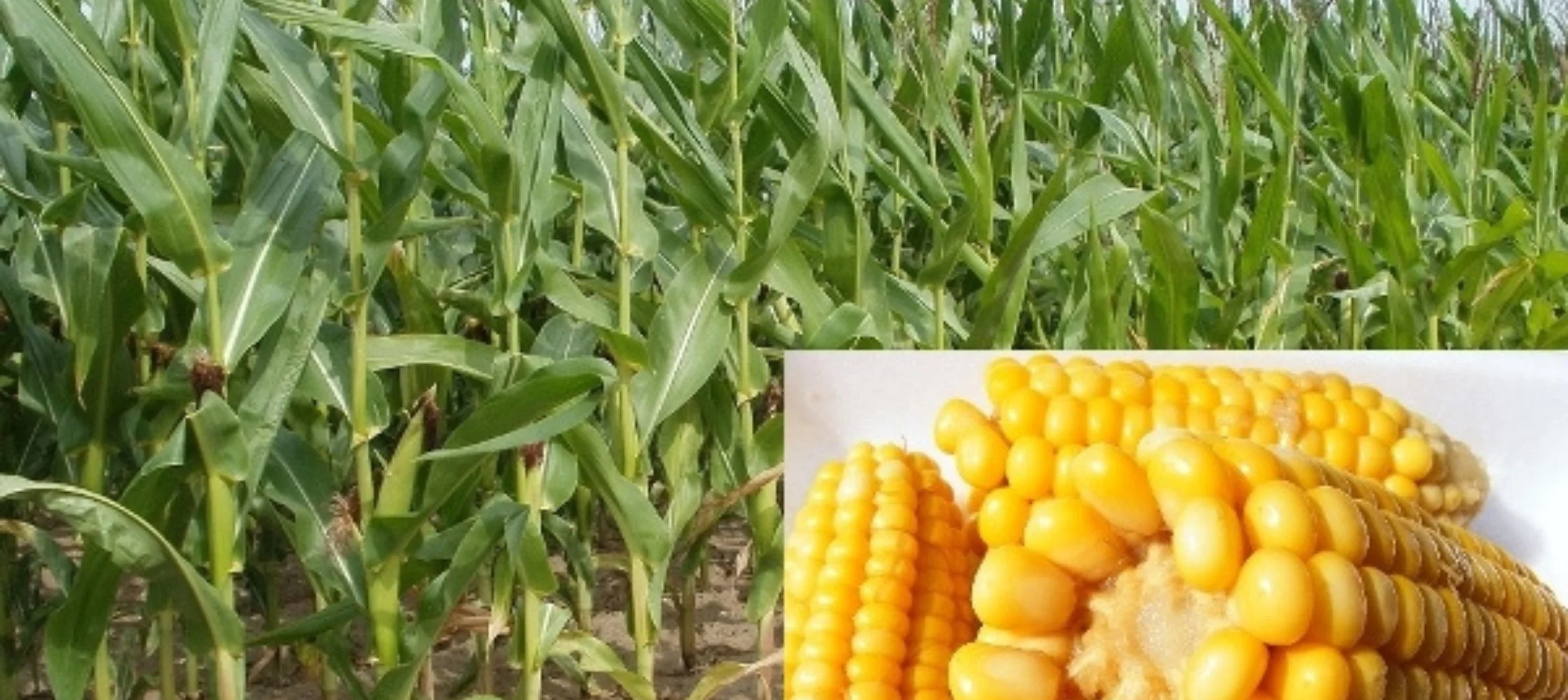
By:- Balwinder Singh Dhillon and Kanwar Barjinder Singh
Looking at the water problems in Punjab, on the one hand, efforts are being made to replace paddy as the main kharif crop, on the other hand, it is a challenging task to get good production from rainfed agriculture in the kandi region with crop diversity. The important agronomic practices for the successful cultivation of maize in the low-water and rainfed areas of Punjab are as under:
Moisture conservation practices before sowing
Land leveling: Farmers should level their fields, this reduces soil erosion and increases the water-holding capacity of the soil. By doing this, the maize crop will have a good harvest. There will be uniform application of seeds, fertilizers and water in the leveled field and it will reduce the costs of cultivation.
Repair of the field bunds: Before the onset of monsoon rains, farmers should repair their field bunds. In this way, the flow of water from the upper surface of the soil is reduced and the water gets more time to absorption/infiltration in the field, thereby reducing water runoff and soil erosion from the field.
Summer ploughing: Ploughing of the fields in the summer is a very important field operation in low-water and rainfed areas before the arrival of rains. This loosens the upper field layer and increases the infiltration of rainwater into the soil, giving the water more time to percolate in the soil and reducing soil erosion. Plough the field against slope after the pre-monsoon showers to enhance rainwater absorption/infiltration. This prevents weeds and retains moisture in the soil for a longer period of time leading to good yield of maize crops.
Agronomic practices
Improved varieties and seed rate: In rainfed and water-scarce areas of Punjab, JC 12, JC 4, PMH 2 and Prakash varieties of maize should be sown at 10 kg of seeds per acre.
Time and method of sowing: Maize crops should be sown from June 20 to July 7. Sowing can also be done earlier according to the rain. Sow the maize seed 3-5 cm deep with a row spacing of 60 cm and plant spacing of 20 cm.
Maize crops suffer heavy losses in water stress or water-logged conditions. Therefore, maize should be sown on the ridges. During heavy rains, the small furrows in between the ridges help in the percolation of water and in case of water stress prove to be helpful in retaining moisture in the field. It is very important to earth up the crop to protect them from water stress as well as water-logged conditions.
Fertilizer management: The application of fertilizers is very beneficial in rainfed regions. The fertilizer use efficiency depends on the water-holding capacity of the soil. Apply 32 kg nitrogen (70 kg urea), 16 kg phosphorus (100 kg single superphosphate) and 8 kg potash (15 kg muriate of potash) in sandy loam to clay loam soils with adequate moisture stored capacity and apply 16 kg nitrogen (35 kg urea), 8 kg phosphorus (50 kg single superphosphate) and 4 kg potash (8 kg muriate of potash) per acre in loamy sand to sandy soils with low moisture stored capacity to obtain higher yields from maize crop. Drill 1/2 N and all P and K at sowing and top dress the other half of N one month after sowing.
Mulching: Grasses or straws can be used as mulch in the standing crop of maize. It reduces the water runoff and also soil erosion does not occur. Therefore, the moisture content in the soil will be increased. This also reduces the temperature of the soil and increases the yield of the crop and preserves the moisture in the soil for sowing of the next season crop.
Important tips to protect the crop from water stress
If the arrival of monsoon is delayed by about 15 days, alternative crops such as moong, mash and sesame can be sown in place of maize. If there is a delay of about 30 days in the arrival of monsoon, fodder bajra can be cultivated instead of maize. In case of water stress occur in the middle of the monsoon, if water is available, then give irrigation to the crop and also control the weeds. Use maize plants without cobs as fodder in case of water stress at the end of the monsoon. If the maize crop is at the grain filling stage, sell the green cobs in the market. If the maize crop is at the grain ripening stage, then cut the crop and stacked the crop in the field. If the crop ripens early, clear the field after cutting the crop and bury the moisture (gill dabna) for planting of next rabi season crop.
Writers are from the Regional Research Station, Ballowal Saunkhri
Your email address will not be published. Required fields are marked *
29 Jan, 2024
29 Jan, 2024
29 Jan, 2024
25 Jan, 2024